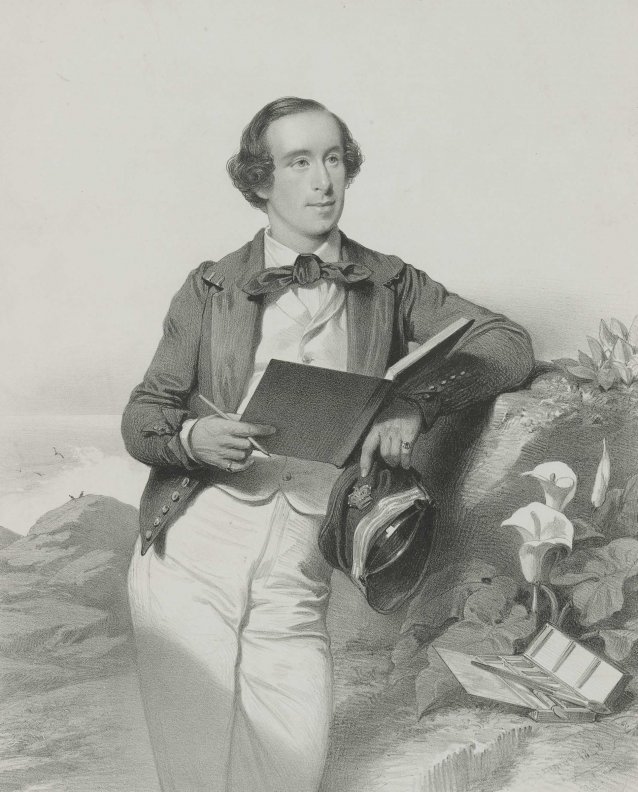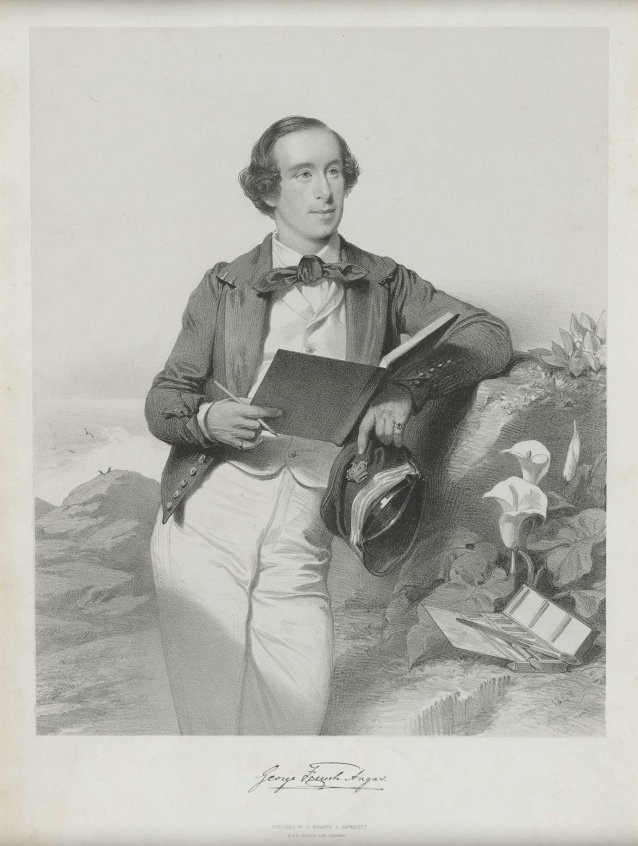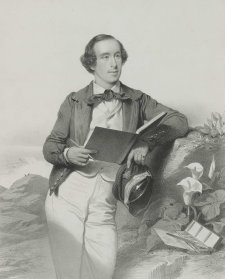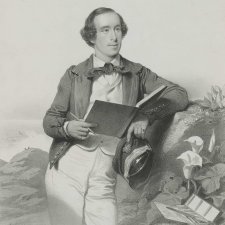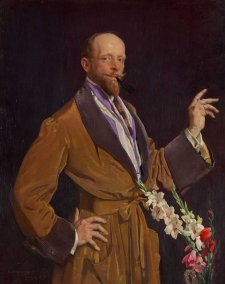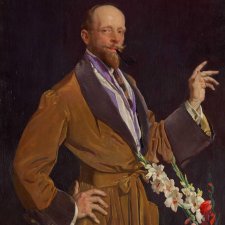Artist and explorer George French Angas lived and travelled in Australia and Aotearoa in the 1840s, and created a significant and comprehensive record of the peoples and natural history of these places. The eldest son of George Fife Angas, the founder of a company which fostered investment in the British colony in South Australia, he arrived in Adelaide in 1844 and participated in journeys to the Murray Lakes, Mount Lofty Ranges, Fleurieu Peninsula, Kangaroo Island and to Aotearoa. He exhibited some of the resulting watercolours in Adelaide and Sydney during the winter of 1845. Returning to London, in 1846 he displayed 300 of his works at the Egyptian Hall, Piccadilly, alongside specimens, costumes and artefacts. 'The collection … contains a vast number of portraits of the natives, men, women and children of those countries, being the result … of journeys exceeding 40,000 miles, and an almost unceasing toil on the part of the artist,' read one review. His folios South Australia Illustrated, The New Zealanders Illustrated and Savage Life and Scenes in Australia and New Zealand were published in 1847. After returning to Australia, he spent time on the goldfields and later worked at the Australian Museum in Sydney. He eventually returned to England but continued to produce publications drawn from his antipodean experiences.
Purchased 1999
The National Portrait Gallery respects the artistic and intellectual property rights of others. Works of art from the collection are reproduced as per the
Australian Copyright Act 1968 (Cth). The use of images of works from the collection may be restricted under the Act. Requests for a reproduction of a work of art can be made through a
Reproduction request. For further information please contact
NPG Copyright.
